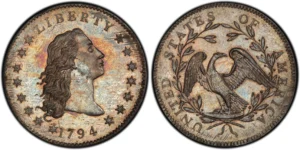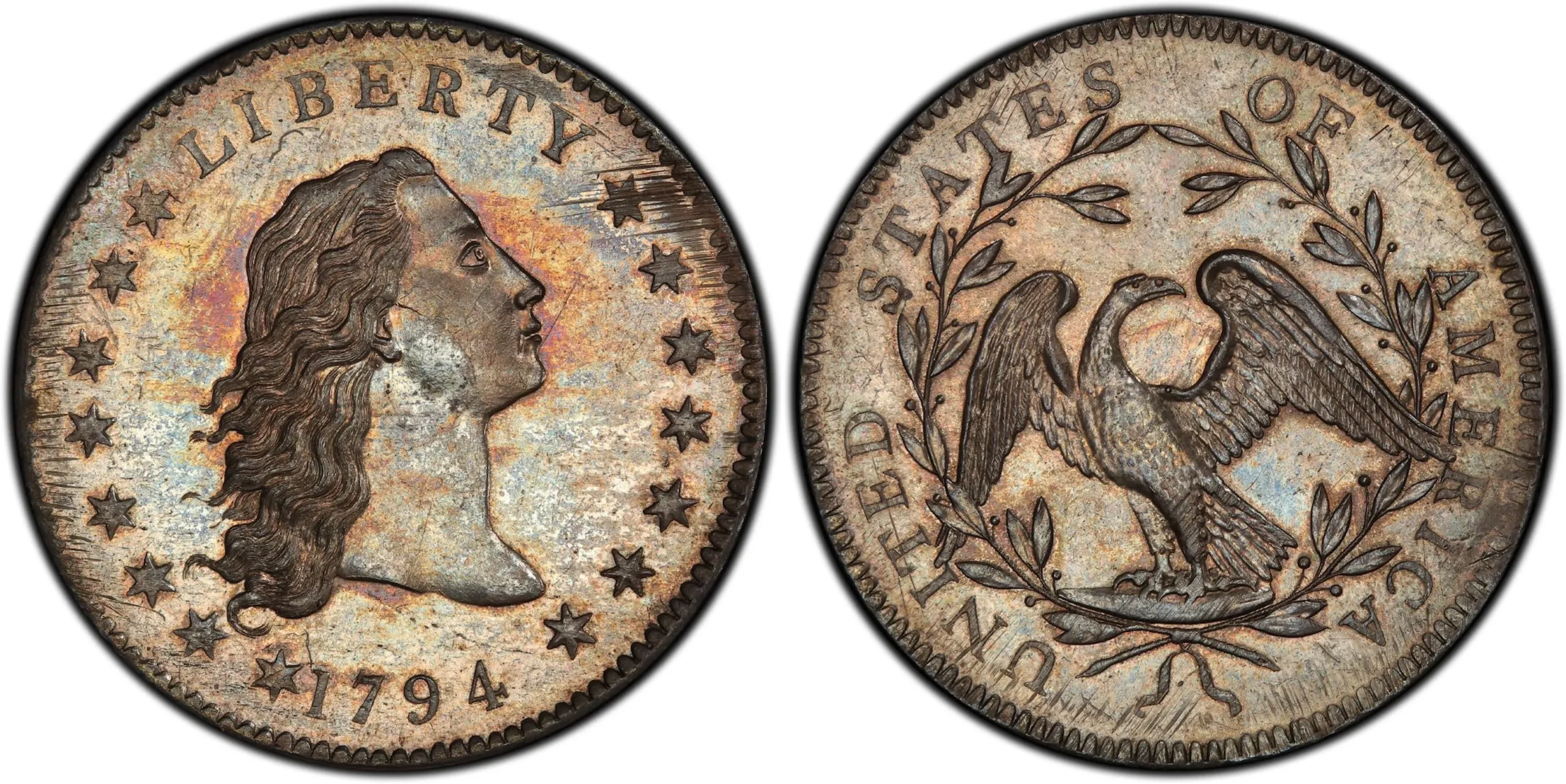The World’s Most Expensive Coins: What They Really Tell Us
I’ve spent years of looking for most expensive coins, but one day I come a cross one website and bought one rare coin. But every now and then, a headline stops me cold: “Coin sells for $10 million.” My first reaction? Disbelief. But after digging deeper, I realized these sales aren’t about money—they’re about stories, survival, and obsession.
The world’s most expensive coins aren’t just rare—they’re pieces of our shared past, passed down through centuries of war, discovery, and quiet admiration. So what makes a coin worth more than a mansion? Let me walk you through a few of them—not as an investment pitch, but as a fellow collector fascinated by the extraordinary.
🥇 1. The 1794 Flowing Hair Silver Dollar – $10 Million
Let’s start with the coin that arguably launched American numismatics: the 1794 Flowing Hair dollar. Sold in 2013 for over $10 million, it’s thought to be the very first silver dollar ever struck by the U.S. Mint.
What gets me isn’t just the price—it’s the context. Imagine being there in post-Revolutionary America. A young nation, trying to prove itself, issues its first real silver coin. You hold it in your hand, and suddenly history isn’t abstract—it’s tangible.
This isn’t a perfect coin. It has flaws. But it’s those imperfections that whisper, “I was there.”
💰 2. The 1933 Saint-Gaudens Double Eagle – $18.9 Million
This one’s legendary. Struck during the Great Depression, nearly every 1933 Double Eagle was melted down—except a few that slipped out into the wild. Most of those were reclaimed by the government. Only one is legal to own.
It sold in 2021 for a record-breaking $18.9 million.
I remember reading that and thinking, “That’s not a coin anymore—that’s a passport to a private club of history’s gatekeepers.” But it also reminded me: sometimes, rarity isn’t just about survival. It’s about surviving when you weren’t supposed to.
🪙 3. The 1787 Brasher Doubloon – $9.36 Million
Here’s a coin with American roots and mystery baked in. The Brasher Doubloon wasn’t minted by the government, but by Ephraim Brasher—a New York goldsmith and neighbor of George Washington.
Only a few survive, and one sold for over $9 million.
Why does it matter? Because it’s more than gold. It’s rebellion and ingenuity struck into metal—a man saying, “If the government won’t mint our future, I will.”
Every collector has that streak in them, I think.
🏛️ Why These Coins Aren’t Just Expensive—They’re Emotional
Here’s what I’ve realized after years of collecting and writing about coins:
-
The most expensive coins often feel like accidents of fate—one coin outlasting millions.
-
They carry stories heavier than their metal content.
-
And they stir something in us—a longing to hold time still, even for a moment.
You may never hold a $10 million coin. Neither will I. But each of us has that one coin in our collection that feels priceless. And that’s enough.
🎯 Final Thoughts for Collectors
Don’t chase price tags. Chase meaning. Chase the coin that gives you chills. Learn from these legendary coins, but don’t measure your collection by auctions. Measure it by how much it teaches you.
And if you’re curious about spotting fakes or building your own legendary set—start with something simple. A late Roman bronze, a provincial Greek issue, even a clipped denarius with character.
Because every great collector starts not with a million-dollar bid—but with a single coin that makes them pause and say: “Wow… someone touched this 2,000 years ago.”
